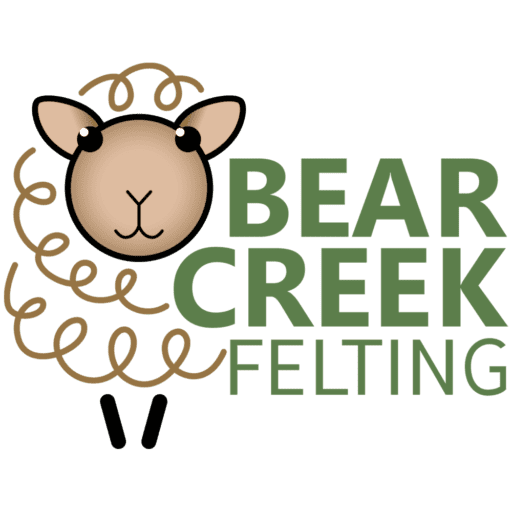 Anytime you learn a new craft, there’s a whole bunch of information to remember. When you’re knitting, you need to remember the difference between a knit stitch and a purl stitch, how to cast on, how to hold the needles, and a ton of various terms. Every craft has these intricate details that you need to know just to simply get started with the basics.
Anytime you learn a new craft, there’s a whole bunch of information to remember. When you’re knitting, you need to remember the difference between a knit stitch and a purl stitch, how to cast on, how to hold the needles, and a ton of various terms. Every craft has these intricate details that you need to know just to simply get started with the basics.
Needle felting is no different. When I first started, I kept thinking there was SO MUCH stuff to remember and that there was no way I’d be able to. Fortunately, I eventually got it all down and organized in my mind folder. I’m not going to lie, though; it took time.
The good news for you is that I did get it all down and I’ve made it my mission to share. Making needle felting easy and accessible for anyone is a huge part of why I opened Bear Creek Felting and the Nome Eweniversity. It’s also why I started the Academy, where anyone can jump into needle felting with guidance and support.
 Now, if you’re looking for the basics of needle felting in one simple place, this is the blog you’ve been waiting for. I recommend bookmarking this post for future reference!
Now, if you’re looking for the basics of needle felting in one simple place, this is the blog you’ve been waiting for. I recommend bookmarking this post for future reference!
Needle felting is one of the lost arts. All you need is some wool, felting needles, and a cushion or pillow and you can make some amazing creations!
The wool used for felting has flat, overlapping scales with edges that point in opposite directions. During felting, the wool is agitated and the edges of the scales connect and lock into position. This happens to hundreds of fibers during the process and causes the wool to felt.
Felting needles have barbs on the end that go in one direction. When the needle stabs into the wool, it is pulled in by the barbs, causing the locking to occur. During felting, a cushion or pillow should be used to work on so that you don’t end up stabbing yourself with the needle.
The needle felting process starts by stabbing the needle into a bit of wool. Stabbing the wool pulls it into itself. When this happens repeatedly and the wool is turned, it begins to lock together. Eventually, this will become a firm shape. Wool can be added and felted in order to shape the wool into a sculpture.
At Bear Creek Felting, we raise and process our own wool. Our products and classes are designed to make felting easy for felters from beginners to pros. Take a look in the shop to see what you can find to help you on your needle felting journey. And, don’t forget to come back to this post if you need a refresher on the basics!





